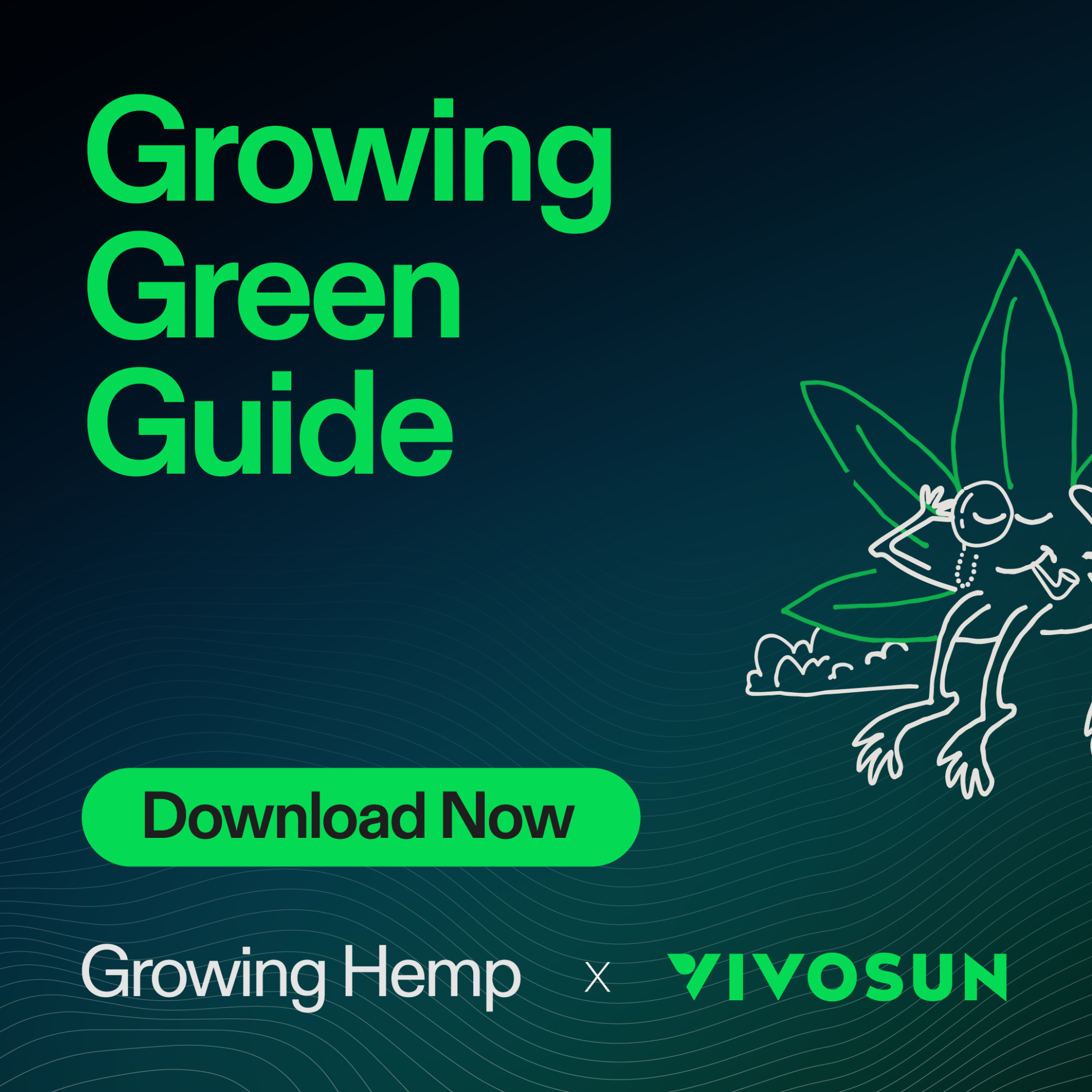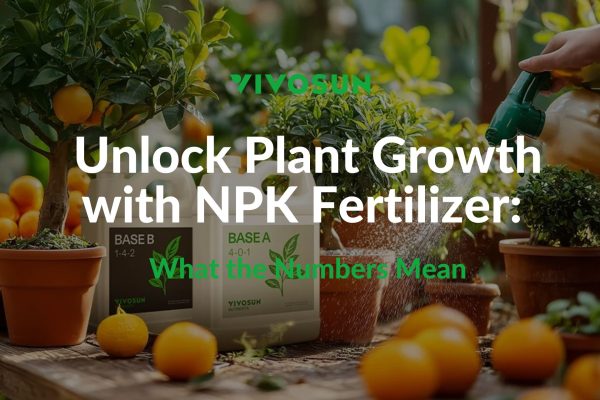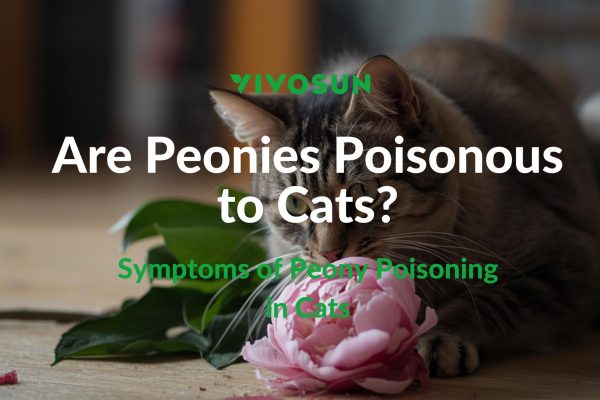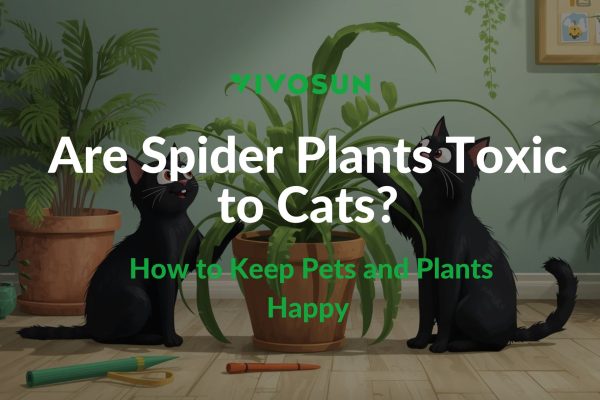If you’re a grower, you know the struggle of keeping your plant happy and healthy. One key factor in their well-being that often goes unnoticed is humidity. That’s right, many plants thrive in humid environments, and if your home is on the drier side, a plant humidifier can make all the difference. In this ultimate guide, we’ll dive into why plants need humidifiers, the different types available, how to choose the best humidifier for plants, and even how to make your own. Let’s get started!
Why Plants Need Humidifiers
The Role of Humidity in Plant Health
Humidity plays a crucial role in plant health. It affects everything from growth to the overall vitality of your plants. Most houseplants, especially tropical varieties, love humidity because it mimics their natural environment. Adequate humidity helps plants maintain their moisture balance, supports photosynthesis, and prevents issues like brown leaf tips and wilting.
Signs Your Plants Need More Humidity
- Shriveling or curling leaves.
- Browning or crisping leaves.
- Leaf scorch.
- Wilting leaves and stems (if paired with wet soil, this symptom could be a sign of overwatering instead)

How to Choose the Best Humidifier for Plants:
Things to Consider
Room Size and Humidity Level
When choosing a humidifier, consider the size of your room and the current humidity level. Larger rooms may require a more powerful humidifier, while smaller spaces can get by with a compact model. Check the humidifier’s coverage area and choose one that matches your needs.
Features to Look For a Plant Humidifier
Look for features like adjustable mist settings, automatic shut-off, and easy-to-clean components. A built-in hygrometer can also be useful to monitor and maintain optimal humidity levels. Additionally, consider the noise level and energy consumption, especially if the humidifier will be running for extended periods.
Introducing AeroStream: Ultrasonic Humidifiers
Specially Designed for Plant Care
Ultrasonic humidifiers use ultrasonic vibrations to produce a cool mist. They are incredibly quiet and energy-efficient, making them perfect for both plants and people. The fine mist they produce is easily absorbed by plants, ensuring they get the moisture they need.
Key features about AeroStream Plant Humidifier
- Precision Control:
- Fine-tune the humidity levels to suit your plants’ specific needs with AeroStream’s precision control settings.
- Energy-Efficient:
- Save on electricity bills with the energy-efficient operation of ultrasonic technology.
- Quiet Operation:
- Enjoy a peaceful environment with AeroStream’s whisper-quiet performance, perfect for any room or grow space.
- Ideal for Plants and Seedlings:
- Provide the optimal environment for your plants and seedlings to thrive with consistent, fine mist.
- Pet-Friendly:
- Maintain a comfortable humidity level for your pets, reducing the risk of dryness-related health issues.
Where Should I Place the Plant Humidifier?
Place it directly in your grow space to provide targeted humidity, promoting healthier growth and vibrant foliage.
Outside the Tent:
Placing the humidifier outside the grow tent can still provide ample humidity, especially if the tent has ventilation.
The AeroStream Ultrasonic Humidifier is your go-to solution for maintaining ideal humidity levels for your plants, seedlings, and pets. With precision control and hassle-free operation, you can ensure a healthy and vibrant environment for all.
How to increase the humidity without a humidifier?
- Evaporative Cooling Method:
Hanging dampened towels or fabrics in the grow area can increase humidity levels through evaporation. This technique relies on the latent heat of vaporization, where each gram of water that evaporates absorbs around 540 calories of heat energy. - Cold Water Evaporation:
Placing containers filled with cool water in the grow space allows the water to gradually evaporate, humidifying the air. This method is particularly effective in warm environments due to increased evaporation rates. For example, at 25°C (77°F) and 50% relative humidity, the evaporation rate is around 0.2 g/m^2/s (Penman, 1948). - Misting:
Lightly spraying water into the air using a misting bottle can temporarily raise humidity levels. However, excessive misting can lead to condensation and potential water damage or mold growth. It’s crucial to strike a balance and avoid over-saturation. The ideal relative humidity range for most plants is between 40-60%.
Tips for Effectiveness of Plant Humidifier
To make your humidifier more effective, place it close to your plants but not directly on them to avoid over-saturation. Refill the water regularly and clean the container to prevent mold and mildew growth. This simple setup can significantly boost humidity for your plants.
Maintaining Your Plant Humidifier
- Cleaning and Refilling
Regular maintenance is key to ensuring your plant humidifier works efficiently. Clean the tank and components at least once a week to prevent mold, bacteria, and mineral buildup. Use distilled water to minimize mineral deposits and keep your humidifier running smoothly. - Troubleshooting Common Issues
If your humidifier isn’t working properly, check for common issues like blockages, low water levels, or malfunctioning parts. Cleaning the humidifier thoroughly can often resolve many problems. If issues persist, consult the user manual or contact the manufacturer for assistance.
FAQs
- What type of water should I use in my plant humidifier?
It’s best to use distilled or demineralized water to prevent mineral buildup and keep your humidifier in good working order. Tap water can contain minerals that leave deposits and affect the performance of the humidifier. - How often should I run the humidifier for my plants?
The frequency depends on your climate and the needs of your plants. Generally, running the humidifier for a few hours each day is sufficient. Monitor your plants and adjust as needed based on their condition and the room’s humidity levels. - Can a humidifier replace misting my plants?
Yes, a humidifier can provide consistent humidity, which can be more effective than occasional misting. However, some plants still enjoy the occasional mist for cleaning their leaves and mimicking rain, so you might want to combine both methods. - Is it safe to use essential oils in a plant humidifier?
It’s not recommended to use essential oils in a plant humidifier, as they can harm the plants. Essential oils can clog the humidifier and potentially be toxic to some plant species. Stick to plain water to ensure your plants stay healthy. - How do I know if my humidifier is working properly?
You can tell your humidifier is working if you notice an increase in humidity and your plants show signs of improved health. Additionally, check the water level and the mist output regularly. If the humidifier is clean and functioning without issues, it should be doing its job.
Conclusion
Plant humidifiers are a fantastic way to ensure your indoor garden thrives, especially if you live in a dry climate. By understanding the different types of humidifiers, choosing the best one for your needs, and maintaining it properly, you can create a healthy environment for your plants. Whether you buy a commercial humidifier or make your own, your plants will thank you with lush, vibrant growth. Happy growing!







